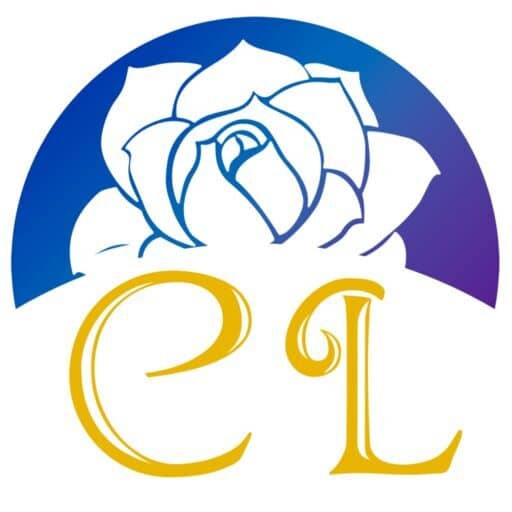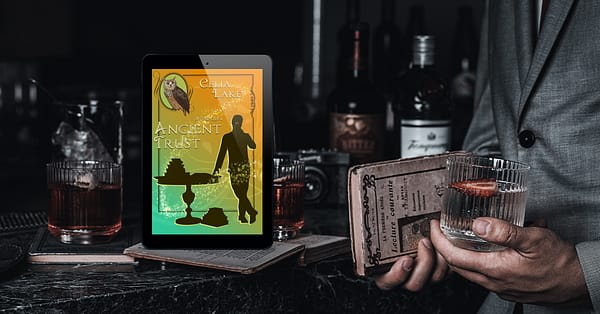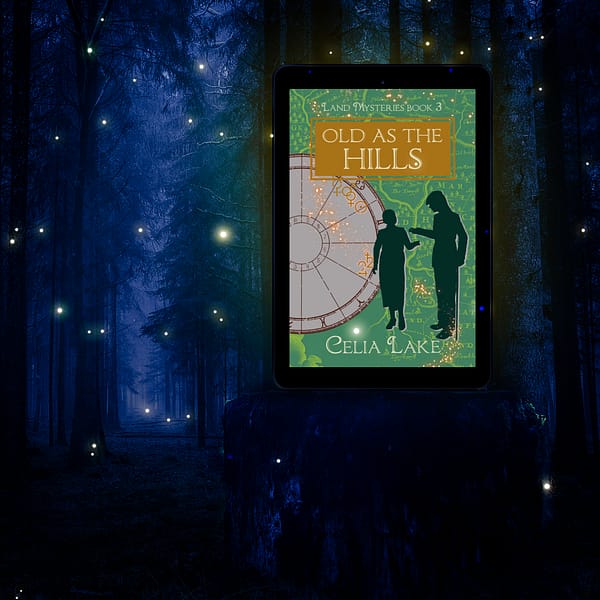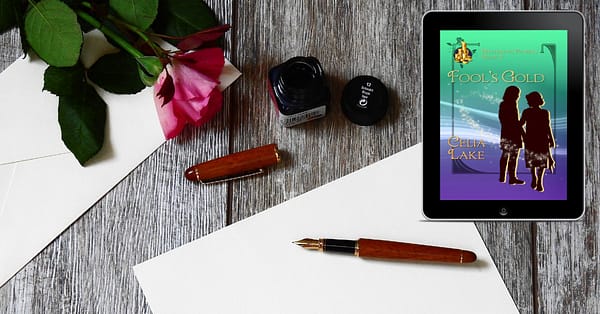I got an email from a reader (hi!) asking a couple of questions, including this one: “In your romantic couples, the women seem to be consistently a little older (or a lot older) than the men. Was this a conscious choice, and if so, is there a reason for it?”
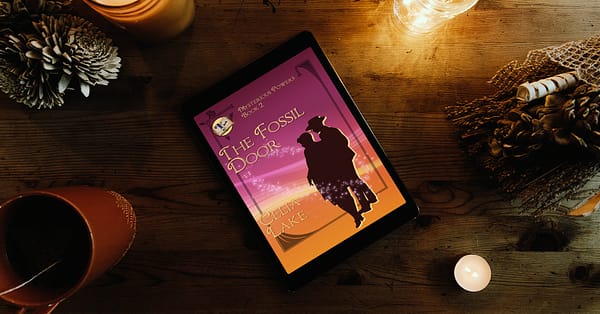
Keeping track of ages
This is an interesting question – and a well-timed one, because I’ve been redoing my main timeline file to take advantage of some new features. I use an app called Aeon Timeline which is fabulous for this and other timeline purposes. My main file has entries for characters, their education years (so I can see who was at school with each other easily), book events, and of course some historical details and character background bits.
(I also have some secondary files, like one that tracks the specialities and precise dates for the Council members.)
One especially convenient feature is that once you set a birthdate (or year) for someone, it will then calculate their age compared to other events or people. I have events set for the beginning and end of the Great War, for example, so I can see how old people were at those points (and some set for the dates when the conscription ages changed, so I could see who was affected easily.)
This meant it was quite easy to go through and figure out the relevant character ages. I’m rounding to the nearest half year here, for ease of reading.
Characters so far
Of the point of view characters in published books so far:
- Ferry is 2 years older than Rufus (Outcrossing)
- Geoffrey is 6 years older than Lizzie (Goblin Fruit)
- Pross is 5 years older than Ibis (Magician’s Hoard)
- Kate is 3.5 years older than Giles (Wards of the Roses)
- Laura is nearly 8 years older than Martin (In The Cards)
- Benton is 2 years older than Cassie (On The Bias)
- Vivian is nearly 9 years older than Cadmus (but looks about that much younger) (Seven Sisters)
- Richard is 5 years older than Alysoun (Pastiche)
- Elen is 3 years older than Roland (Carry On)
- Rathna is 7 years older than Gabe (The Fossil Door)
- Isembard is 3 years older than Thesan (Eclipse)
- Rhoe is 4 years older than Hugh (Sailor’s Jewel)
- Mason is 1.5 years older than Rosemary (Complementary)
- Robin is 4 years older than Beatrice (but looks about that much younger) (Fool’s Gold)
- Seth and Golshan are about a year older than Dilly (they’re a month apart) (Casting Nasturtiums)
- Mabyn is 2 years older than Cyrus. (The Hare and the Oak)
- (And the one I’m writing now, Arthur is 3 years older than Melusina)
So, that’s 16 m/f couples: 9 of whom, the woman is older. (And for those curious about Magni and Gil, Magni’s 3 years older.)
Age and character
I tend to think about characters fairly organically. At this point, in most books at least one character has appeared somewhere previously. So I start by thinking about who would be an interesting partner for them and also have an interesting story potential for how they get together.
Age is part of that dynamic, but it’s certainly not the only one. I think about profession and how they think and feel and are shaped by that profession. I think about their education (especially their House at Schola, which tends to shape people in particular ways). Sometimes it’s about who they apprenticed with, or experiences they had while establishing themselves as adults.
Overall, there are a couple of key considerations:
The War
Historically, there’s the consideration of the women of the Lost Generation. Due to the deaths and injuries in the Great War, there are fewer men who are able to (or wish to) marry who are in their 20s or 30s in the 1920s. Gabe, Galen, and Martin are at the head of the generation who weren’t of age to fight.
That means that women in this age group are proportionately more likely to have a partner who doesn’t match them in age. This is most noticeable with In The Cards. Galen and Martin were too young to fight (they were nearly 18 in November of 1918). Laura is 31 at that point, old to consider marrying. But she didn’t have an ordinary experience of being a young adult, even without taking the War into consideration, for her own reasons.
Ferry, in Outcrossing, is another example. Many of the men she might have considered were killed or badly injured, and her parents are trying to pressure her into an advantageous (for them) marriage to a much older man.
Family connections
Sometimes it’s about family connections. Some of this is obvious – siblings are in a relationship to each other, based on their age, in a particular way. There needs to be a certain age relationship (and age gap) between Lizzie and Laura to have Lizzie’s over-protectiveness in Goblin Fruit. And similarly, Rhoe and Cyrus are quite close in age, and it shows in the way they act and plan in Sailor’s Jewel.
This also goes for having children: I’d already introduced Pross as a widow with a daughter almost old enough for tutoring school in Outcrossing, so those details drove choices about her age in Magican’s Hoard. Ibis, in contrast, needed to be an age where staying in Albion to be available for his (much younger) sister was viable, when most men would be establishing themselves professionally and making a splash if they hadn’t already.
Interestingly, I hadn’t originally planned for Gabriel, the baby born early in Pastiche, to be the same Gabe as in The Fossil Door. But when I was casting around for a name that could (in period) be easily heard as a woman’s name, I was in the process of editing Pastiche. When I looked at the dates, they were already close enough I could adjust things so they were the same person. (And I love the Edgartons as a family, so that was a win.)
Professional experience
One part of the way age plays into experience is how long someone might be in apprenticeship and other training. Healer and nursing training, for example, is on the longer side, as is the Guard training. For someone to be professionally established in their field, I need to take that into account with their age.
In some books, I want a contrast in professional experience, to bring out a particular dynamic in the book. The Fossil Door is a great example of this. I wanted Gabe to be fresh out of a very short apprenticeship (though to be fair, he’d been informally working on his apprenticeship from before he was 14), and for his apparent age and presumed inexperience to be a factor in her not being sure what to do with him. And conversely, I wanted Rathna to be someone who was enough out of her own apprenticeship to be sent on a complicated task by herself, but not so much that she felt entirely confident about it.
The reasons vary, but mostly when I’m contemplating character age, I’m thinking a lot about their relative positions in terms of professional experience, education, and how they’re established in their field or life. I’m also thinking about “did they overlap in school, even if they didn’t particularly know each other.” (I track school years as well as other things on my timeline.)
Rhoe and Hugh in Sailor’s Jewel are the same way. I wanted Rhoe to be solidly established in her field, and Hugh to be still figuring out exactly what he wants his role to be. He certainly has a bunch of skills (and his father’s relatively recent death is a factor) but he needed to be younger than she was for some of that dynamic to work out. (And for Cyrus to be enough older for Hugh to look to him as a model of what he might be like in a decade.)
For Richard and Alysoun in Pastiche, I wanted Richard to have established himself in the Guard, to have returned home due to his father’s illness, and for Alysoun to be adult, and with choices, but more inexperienced and still figuring out how she wants to be in the world, and especially in family relationships. I think if she’d been older or had more varied experiences, their early marriage would have gone a bit differently.
Perceived age
Another complication is that two of my characters, so far, don’t look their age. For reasons, both Vivian (Seven Sisters) and Robin (Fool’s Gold) look noticeably younger than they actually are. This plays into perceptions of experience and their lives in a variety of ways.
Who do they know?
The final piece – that doesn’t usually determine a character’s age, but does affect how details play out – is figuring out who they knew at school or through other connections. My timeline includes the years everyone was at school, colour-coded by Schola House or the other Schools or apprenticeship, so I can see if they overlapped in any way with other people.
This produced the brainwave for a future book. When I started laying out plans for the World War II era books, I had to figure out which of my extant characters had kids (and approximately when). The first of these, Best Foot Forward, will be out in November 2022 and features Alexander Landry and Geoffrey Carillon in 1935.
Which meant that I realised four children – Avigail Edgarton, Rosalba Carillon, Jasper Pride, and Leo Fortier – were all going to be the same year at Schola. That combo would be why I’m planning on writing a school story (set in their second year), early next year and hopefully out in August 2023. Avigail, Ros, and Leo are the youngest kids in their respective families, Jasper has a younger sister and two older siblings.
I’m looking forward to playing with those dynamics, too, both between the four of them, and their perceptions of their families. And in fact, I’ve already done some extras for that book (about them arriving at Schola), as a treat for myself for getting other writing done.
Got a question of your own?
If you have other questions like this, I’m always glad to consider them! You can get in touch through the contact form or reply to any of my newsletter posts if you get my newsletter.
